Bingo for Teachers
Explore printable bingo card templates and games for kids created by teachers to play in math class, reading centers and more! Get students excited to learn with the fun game that dates back hundreds of years and yet feels brand-new to every class of kids!
This collection of printable and digital bingo cards was created by the expert teachers on the Teach Starter team and includes curriculum-aligned activities designed to promote active learning and elementary student participation.
Do you think of retirees with their daubers, or maybe a certain kids' song when you hear the word "bingo?" Maye you haven't used a bingo game in your classroom and want to know more about how to play, where these games come from and what makes them so fun for kids? Read on for a primer from our teacher team, including tips to add this game to your classroom activities!
What Is Bingo? The Popular Game Explained
Bingo is probably best known as a game of chance that involves a special card or grid with numbers, letters, words or objects on it. Participants play by marking off the items on their cards as they're randomly called out.
The goal is to complete a predetermined pattern to win.
What you may not know is this popular game played in schools all around the country dates back to the 1500s, when Italians played what was then known as "Il Gioco del Lotto d'Italia" — an Italian lottery. The Italian version of the game was played with a set of numbered squares, and participants would place their bets on specific numbers.
As part of the original bingo game, a person known as the banker would draw numbered tokens from a bag and announce them. This is similar to today's game's bingo "caller" or announcer. Players would then mark off the called numbers on their game cards, and the winner would be the first person to complete a specific pattern.

Bingo cards are always set up in grid form as seen above.
The game made its way to the US sometime in the 1900s, and teachers quickly recognized it as a way to engage students to reinforce learning, work on listening skills and plenty more.
How to Play Bingo in the Classroom
If you've never played bingo, don't worry. This is an easy game to learn, so you don't have to study a ton of directions before adding it to your lesson plans.
Here's a fast guide from our teacher team!
Supplies
- Bingo cards
- Small items for students to use to cover the squares in their grid (math manipulatives work well here!) OR pencils to use to mark on their grids
Instructions
- Print out the bingo cards you need for your game, and provide students with their own cards. Students should have different grids to make the game fun.
- Call out items based on your bingo card game theme (for example, if you're playing Multiplication Bingo, you may be calling out the products of particular multiplication facts).
- As the item is called out, students should check their cards to see if the item appears. If it does, they should make a mark on that grid or place an item on top to cover it.
- The game continues with the teacher calling out items until a player completes the required pattern and shouts "Bingo!" to signal their win.
How to Make a Bingo Card for Your Students
This collection is stocked with dozens of pre-made bingo cards that are ready to print, but maybe you want to put your own spin on them?
Here are a few things to keep in mind:
- Bingo cards are typically 5x5 grids, but they can be any size.
- Each square on a bingo card should contain a number (or word, depending on the variation). If you decide to leave the center square blank, it should be marked as "free" and can be considered a pre-filled square.
- Winning patterns can vary, such as completing a full row (horizontally, vertically, or diagonally), filling in four corners or achieving a specific shape on the card.
- Free Plan
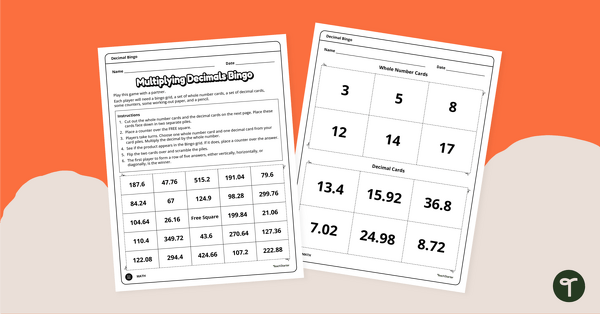
Multiplying with Decimals Bingo Game
Get your students multiplying decimals by whole numbers with this engaging Bingo game.
- Plus Plan
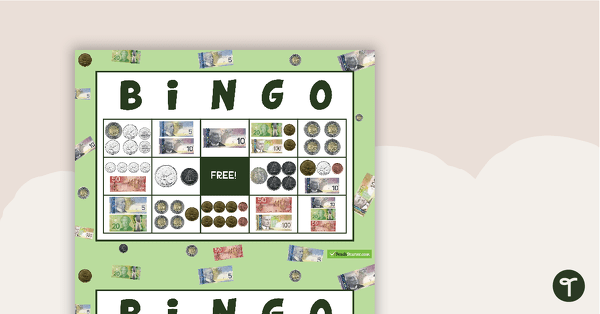
Money Bingo (Canadian Currency)
32 different bingo cards using Canadian coins and notes.
- Plus Plan
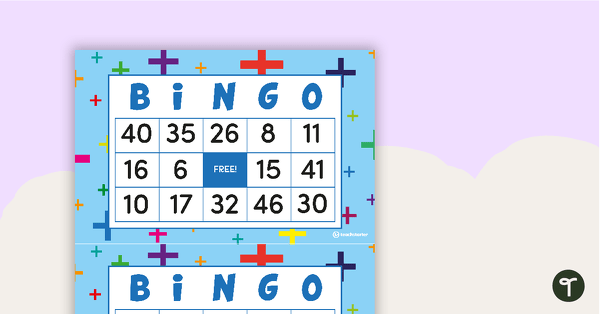
Addition Bingo (Single and Double-Digit Numbers)
32 different bingo cards to practice adding single and double digit numbers mentally.
- Plus Plan
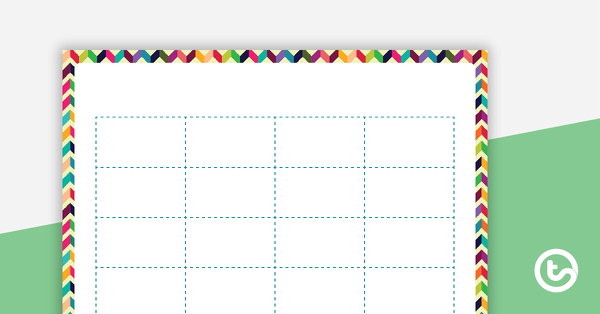
4x4 Bingo Board Templates - Bright Chevrons
A Bright Chevron themed 4x4 bingo board template to create your own bingo games.
- Plus Plan
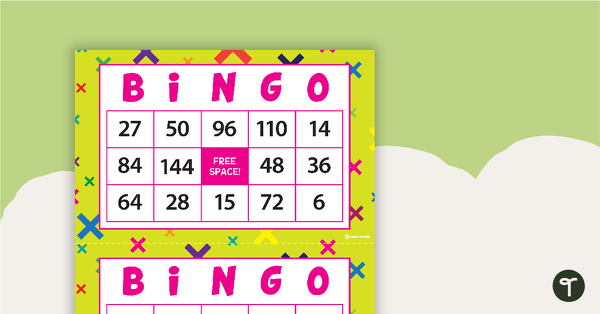
Multiplication Facts 0–12 Bingo
32 different bingo cards for students to practice their multiplication facts to 12.
- Plus Plan
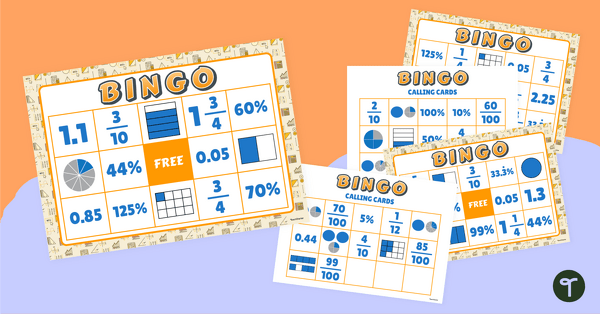
Fraction, Decimal, and Percentage Bingo
Convert between fractions, decimals and percentages with this engaging Bingo game the whole class can enjoy!
- Plus Plan
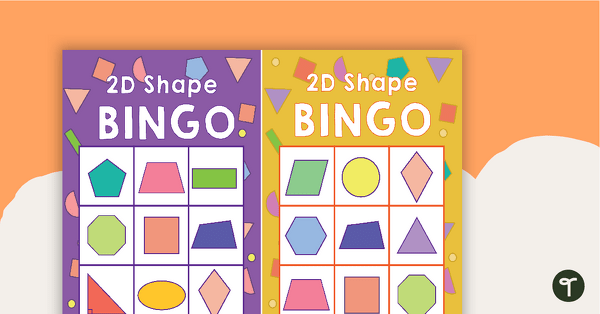
2-D Shape Bingo
Engage your students while consolidate learning about 2D shapes, their names and properties with 2D Shape Bingo!